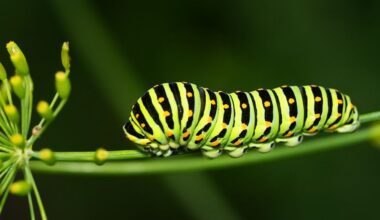Cotton, known as the “fabric of our lives,” is a natural fiber that has shaped civilizations, industries, and fashion for millennia. Its remarkable qualities, coupled with its historical significance, make cotton a pivotal material in various aspects of human life.
Ancient Origins
Cotton has a long history, dating back thousands of years. Originating in the Indus Valley (modern-day Pakistan and India), cotton cultivation began around 5,000 BC, and its use in textiles soon spread across the world.
Botanical Profile
Cotton comes from the fluffy fibers surrounding the seeds of the cotton plant (Gossypium). These fibers, composed mainly of cellulose, are soft, breathable, and have excellent absorbent properties.
Global Cultivation
Cotton is grown in various regions worldwide, thriving in warm climates with adequate water. Major producers include countries like China, India, the United States, Pakistan, and Brazil, contributing to its widespread availability.
Versatility in Textiles
Cotton’s versatility is evident in its use in textile production. It is a primary material for a wide range of products, including clothing, bed linens, towels, upholstery, and even medical supplies due to its comfort and absorbency.
Sustainability Efforts
The cotton industry faces challenges related to water usage, pesticides, and land degradation. Efforts to promote sustainable cotton farming include organic cultivation, reduced chemical use, and water-efficient irrigation practices.

Economic Importance
Cotton plays a significant role in global economies. It supports millions of jobs in farming, processing, and manufacturing, particularly in developing countries where cotton production is a vital source of income.
Technology and Innovation
Advancements in technology have revolutionized cotton production. Genetically modified cotton varieties (GMOs) resistant to pests and diseases have improved crop yield and reduced the need for chemical pesticides.
Environmental Impact
While cotton is a natural and biodegradable fiber, conventional cultivation methods can have environmental repercussions due to pesticide use and water consumption. Sustainable practices aim to mitigate these impacts.
Cultural Significance
Cotton’s influence extends beyond industry and agriculture; it holds cultural significance in various societies. It features prominently in traditional clothing, crafts, and rituals in many cultures worldwide.
Role in Fashion
Cotton is a staple in the fashion industry. Its breathability, comfort, and versatility make it ideal for a wide range of clothing, from everyday wear to high-fashion garments.
Cotton stands as a symbol of human ingenuity and cultural heritage. Its journey from ancient cultivation to modern textile production showcases its adaptability and importance in various aspects of our lives. As the industry continues to evolve, a focus on sustainability and responsible practices promises to ensure the continued relevance and impact of cotton while addressing environmental concerns.










